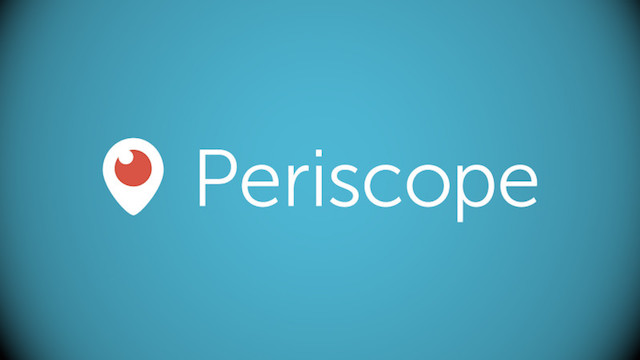It always comes down to time.
As journalists and storytellers, we are constantly faced with limits to our time: every story has a deadline, every shoot has an end, and — particularly in TV and radio — every word we speak takes up valuable space in our story’s window.
But that says nothing of our limits in dealing with free time. How much do we choose to invest? Do we work a little longer to make a story just right? Do we get up early to call sources?
And do we attempt to master every new wave of technology that comes through the universe?
I have been a journalist for 12 years, and in that seemingly short span, I have already seen the rise of Facebook, Twitter, apps, Instagram, and Vine on social media. In each case, we as a journalism community seemed to go through a similar cycle: early resistance, followed by sweeping infatuation, ending with a happy medium of incorporation. Some outlets have fared better than others; Twitter remains the go-to way to update breaking news in a flash, while Facebook has become the place to build devoted followings and start conversations. Instagram and Vine have seen less success in the journalism community; Vine in particular seems to have fallen spectacularly after such an invigorating start. I possess a Vine account but rarely use it; I know few journalists who remain committed to it.
Now comes Periscope.
And now comes that same cycle.
At this point, the journalism community seems to be entering the infatuation stage with the live-streaming, Twitter-connected app. I have seen many of my colleagues experiment with it both in the field and in life. I have also dipped my toe in the water; I have not yet streamed anything, but I recently spent some down time checking out the various Periscope feeds popping up on my Twitter timeline. In one case I found live video from a breaking news story; in another case I found one of my off-the-clock co-workers enjoying a beverage with a friend.
The results, to say the least, were mixed.
But I do understand its potential. This past Friday night, as every Hawks fan in Atlanta awaited the playing status of knee-injured forward DeMarre Carroll, one of my competitors stood courtside and streamed his warm-ups on Periscope:
LIVE on #Periscope: #Hawks pregame shoot. DeMarre Carroll will start and play in Game 2 bs #Cavs https://t.co/UXiqu99Bdj
— Zach Klein (@ZachKleinWSB) May 23, 2015
Periscope is a big win for traditional TV reporters, who can live-stream video of breaking news while their photographers shoot footage for air. It seems like another way for journalists of all stripes to build their individual brands.
But it has several limitations that make me wonder about its ceiling.
For starters, stations will undoubtedly prefer that their reporters bypass Periscope and live-stream through their own apps. Beyond that, Periscope will be far more useful for traditional reporters than multimedia journalists, who must shoot their own video. An MMJ myself, I cannot imagine many scenarios where I would put away my camera to stream through my phone, particularly when I cannot save the footage from Periscope after I shoot it.
And, like any brand of social media, Periscope requires regular use to build a following. If I only stream one video every three months, how can I expect to rely on viewers to be there for it?
So it begins. Will Periscope develop a permanent place in the journalist’s toolbox?
We will found out, of course, in due time.
Matt Pearl is the author of the Telling the Story blog and podcast. Feel free to comment below or e-mail Matt at matt@tellingthestoryblog.com.
